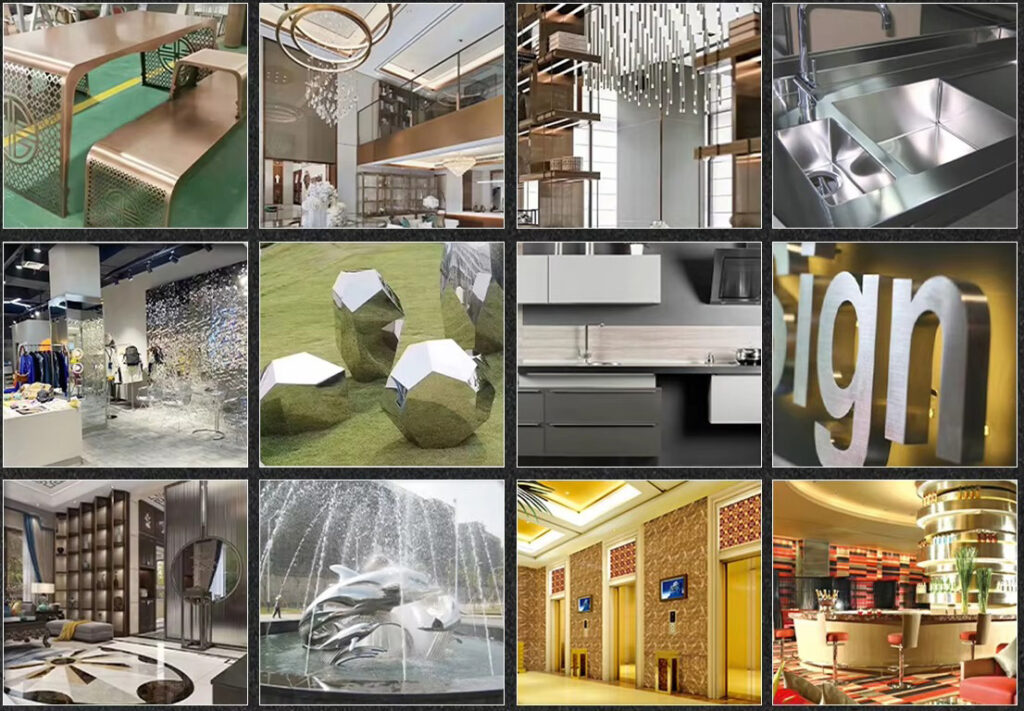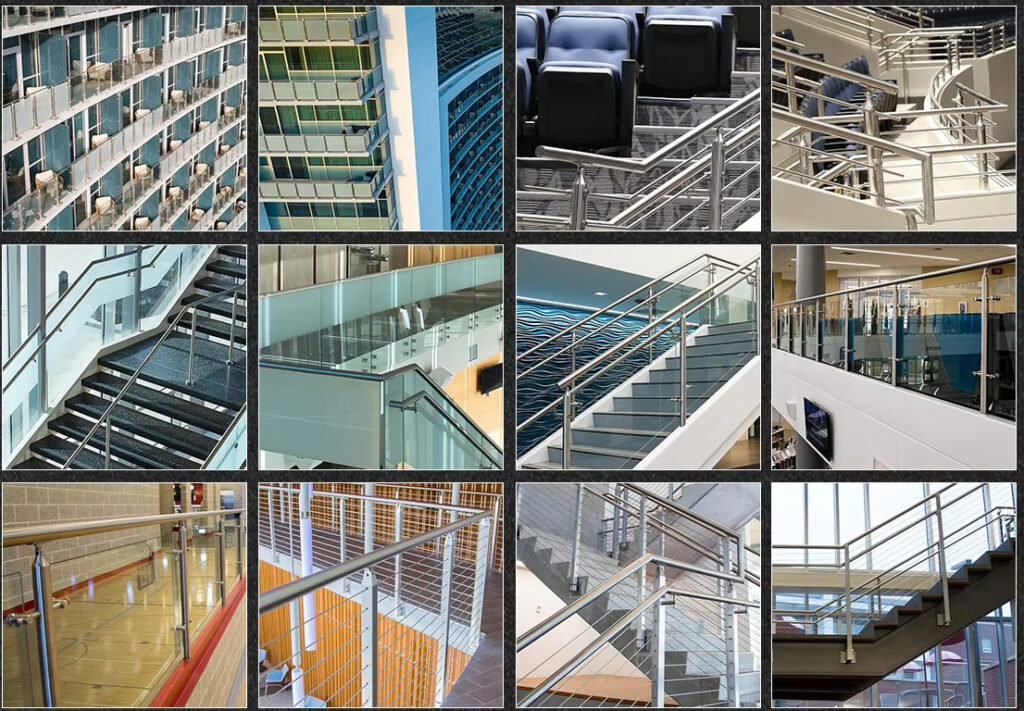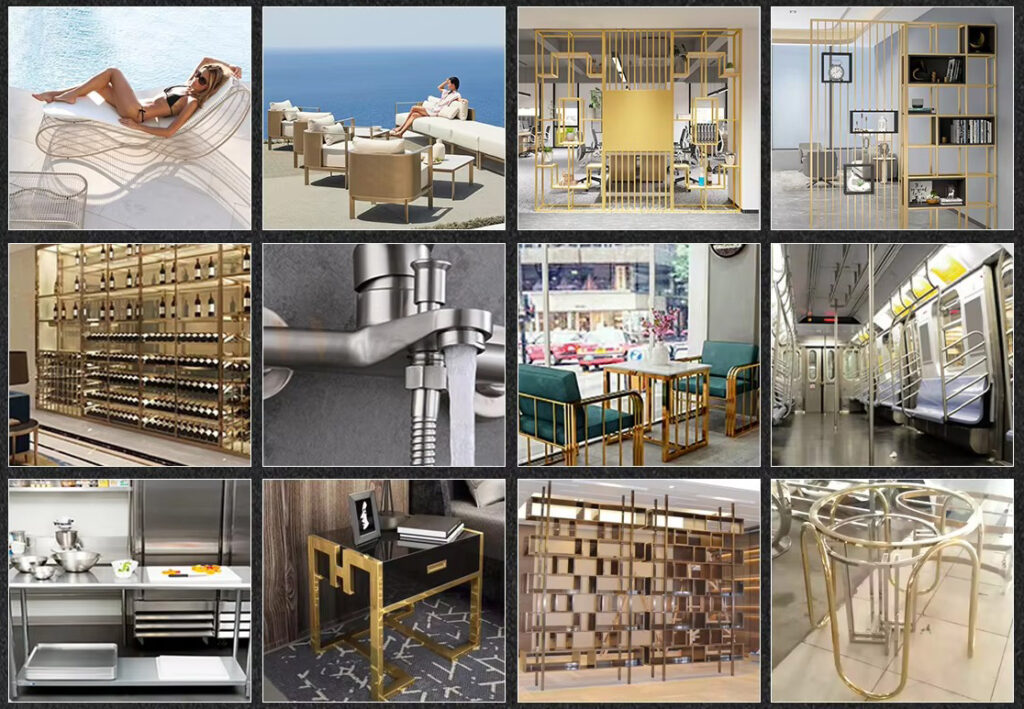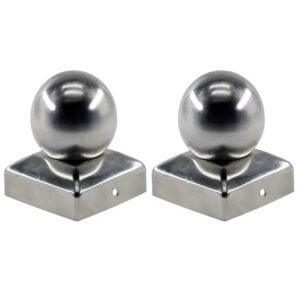
Post caps & end caps (round, square, decorative)
Post caps & end caps in 316L stainless steel. 23 years precision manufacturing for decorative applications worldwide. Request quote today.

Post caps & end caps in 316L stainless steel. 23 years precision manufacturing for decorative applications worldwide. Request quote today.
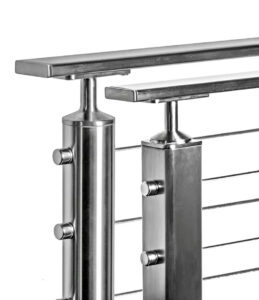
Square stainless steel posts in 304/316L grades. 23 years precision manufacturing for coastal projects worldwide. Request quote today.
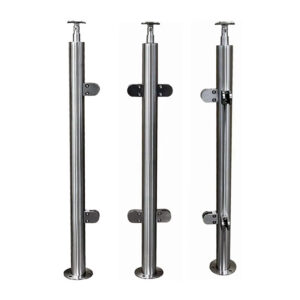
Stainless steel posts in 304/316L grades. 23+ years ODM fabrication for marine & commercial applications. Contact factory today.
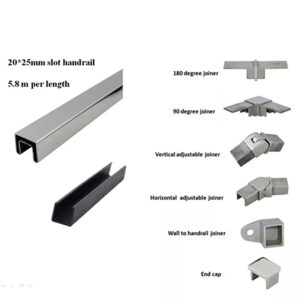
Square top rail components in 316L stainless steel. 23+ years precision manufacturing for global applications. Contact factory today.
Project-specific hardware in 316L stainless steel. 23 years delivering tailored solutions for specialized projects worldwide. Get factory quote today.
Non-standard size components in 316L stainless steel. 23+ years ODM manufacturing for unique sizing requirements globally. Contact us today.
| Specification | Our Stainless Steel Systems | Aluminum Systems | Wood Systems | Glass Systems |
|---|---|---|---|---|
| Material Grade | 304/316L Stainless Steel | 6061-T6 Aluminum | Treated Hardwood | Tempered Glass + Steel Frame |
| Tensile Strength | 590 MPa | 300 MPa | 40-100 MPa | 200 MPa (glass) |
| Corrosion Resistance | Excellent (23+ years) | Good (10-15 years) | Poor (requires treatment) | Excellent |
| Maintenance Requirements | Minimal cleaning only | Periodic refinishing | Annual treatment required | Regular glass cleaning |
| Load Capacity | 200+ lbs per linear foot | 150 lbs per linear foot | 100 lbs per linear foot | 180 lbs per linear foot |
| Temperature Range | -40°F to 1400°F | -80°F to 400°F | Variable with humidity | -40°F to 300°F |
| Post Thickness | 50% thinner than aluminum | Standard thickness | Thick profiles required | Frame dependent |
| Finish Options | Brushed, Mirror Polish | Powder coated | Stained, painted | Clear, frosted |
| Lifespan | 25+ years | 15-20 years | 10-15 years | 20+ years |
Superior Strength-to-Weight Ratio
Our stainless steel indoor railings deliver exceptional structural integrity while maintaining elegant, slim profiles. Unlike bulky aluminum systems that require thicker posts for equivalent strength, our 304/316 stainless steel construction achieves the same load-bearing capacity with 50% thinner components.
Zero Maintenance Design
While wood railings demand annual treatments and aluminum requires periodic refinishing, our stainless steel systems maintain their appearance and structural integrity with simple soap and water cleaning. The chromium content creates a self-healing oxide layer that prevents corrosion and staining.
Hygienic Surface Properties
Stainless steel’s non-porous surface resists bacteria growth and allergen accumulation, making it ideal for homes with children, elderly residents, or individuals with respiratory sensitivities. This antimicrobial property surpasses wood and painted surfaces that can harbor contaminants.
Aesthetic Versatility
Our brushed and mirror polish finishes complement both contemporary and traditional interior designs. Unlike powder-coated aluminum that can chip or fade, stainless steel maintains its lustrous appearance indefinitely, enhancing property value long-term.
Thermal Stability
Indoor temperature fluctuations don’t affect our stainless steel railings’ dimensional stability or finish quality, unlike wood systems that expand, contract, and potentially warp with seasonal humidity changes.
Multi-Story Residential Staircases
Perfect for homes with open-concept designs featuring central staircases. Our continuous handrail systems provide uninterrupted support from ground floor to upper levels, with cable or glass infill options maintaining sight lines while ensuring child safety.
Loft and Mezzanine Balconies
Ideal for converted warehouses, modern lofts, and homes with mezzanine levels where traditional bulky railings would obstruct the open feel. Slim stainless steel profiles preserve architectural flow while meeting 36-inch minimum height requirements.
Indoor Walkways and Bridges
Suitable for homes with interior bridges connecting wings or levels, where railings must handle dynamic loads and provide confidence-inspiring stability. Our systems accommodate spans up to 12 feet between posts without intermediate supports.
Accessible Ramps and Transitions
Designed for barrier-free environments requiring ADA-compliant handrails with smooth, continuous surfaces. Our wall-mounted and freestanding options provide the required 1.5-inch clearance and 34-38 inch height specifications.
Basement and Utility Stair Applications
Engineered for high-humidity environments like basement access stairs, where wood railings would deteriorate and standard steel would rust. Our 316L grade offers enhanced corrosion resistance in moisture-prone areas.
Commercial Interior Applications
Suitable for office buildings, retail spaces, and hospitality venues requiring durable, low-maintenance railings that maintain professional appearance under heavy use while meeting commercial building codes.
What’s the difference between 304 and 316 stainless steel for indoor railings?
304 stainless steel contains 18% chromium and 8% nickel, providing excellent corrosion resistance for most indoor environments. 316 stainless steel adds 2-3% molybdenum, offering superior resistance to chlorides and humidity, making it ideal for coastal homes, pool areas, or basements with moisture concerns.
How do stainless steel railings compare cost-wise to other materials over time?
While initial costs are higher than aluminum or wood, stainless steel systems offer superior long-term value. Wood railings require refinishing every 2-3 years at $5-8 per linear foot, while aluminum may need recoating every 7-10 years. Our stainless steel systems maintain their appearance for decades with minimal maintenance.
Can stainless steel railings be customized for unique architectural features?
Yes, our 23 years of manufacturing experience enables complex custom fabrication including curved handrails, radius corners, and integration with existing structural elements. We accommodate non-standard heights, custom infill patterns, and architectural details while maintaining code compliance.
What building codes apply to indoor railing systems?
Indoor railings must comply with IRC (International Residential Code) or IBC (International Building Code) requirements. Key standards include 36-inch minimum height for guards, 34-38 inch handrail height, maximum 4-inch spacing between balusters, and 200-pound load capacity. Our systems exceed these requirements.
How are stainless steel railings installed in different construction types?
We provide specific anchoring solutions for concrete, wood framing, steel structure, and masonry construction. Our post-mount, wall-mount, and surface-mount systems accommodate various structural conditions with appropriate fasteners rated for required loads.
Do stainless steel railings work with glass or cable infill systems?
Our railing frameworks integrate seamlessly with tempered glass panels, cable wire systems, or traditional picket infills. We engineer connection details to maintain structural integrity while accommodating thermal expansion of different materials.
What maintenance is required for long-term performance?
Routine cleaning with mild soap and water maintains appearance. For high-traffic areas, periodic cleaning with stainless steel-specific cleaners removes fingerprints and minor scratches. No protective coatings, painting, or structural maintenance is required.
How do stainless steel railings perform in homes with children and pets?
The smooth, non-splintering surface is safe for children, while the strength prevents damage from normal household activities. Cable infill options prevent climbing while maintaining visibility, and the hygienic surface resists bacteria and allergen accumulation.
Industry Standards Compliance
Our indoor railing systems meet or exceed ASTM A240 specifications for stainless steel sheet and plate materials, ensuring consistent chemical composition and mechanical properties. All fabrication follows AWS D18.1 welding standards for stainless steel structural applications.
Building Code Adherence
Systems comply with International Residential Code (IRC) Section R312 for guards and handrails, International Building Code (IBC) Section 1013 for guards, and Americans with Disabilities Act (ADA) Standards for accessible design. Load testing confirms 200-pound concentrated load and 50-pound per linear foot distributed load capacity.
Material Certifications
Mill test certificates verify 304/316L chemical composition and mechanical properties. Material traceability documentation tracks steel from mill to finished product, ensuring quality control throughout manufacturing. Third-party testing validates corrosion resistance ratings.
Manufacturing Standards
Our ISO 9001:2015 quality management system ensures consistent fabrication processes. All welding personnel hold AWS D18.1 certifications for stainless steel structural welding. Surface finishes meet ASTM A480 standards for smoothness and uniformity.
Installation Requirements
Professional installation recommended for optimal performance and warranty coverage. Anchoring systems designed by licensed structural engineers for specific loading conditions. Installation hardware includes stainless steel fasteners to prevent galvanic corrosion.
Performance Testing
Dynamic load testing simulates 25-year service life under normal residential use. Fatigue performance testing confirms structural integrity under repeated loading cycles. Corrosion testing per ASTM B117 validates long-term durability in indoor environments.
